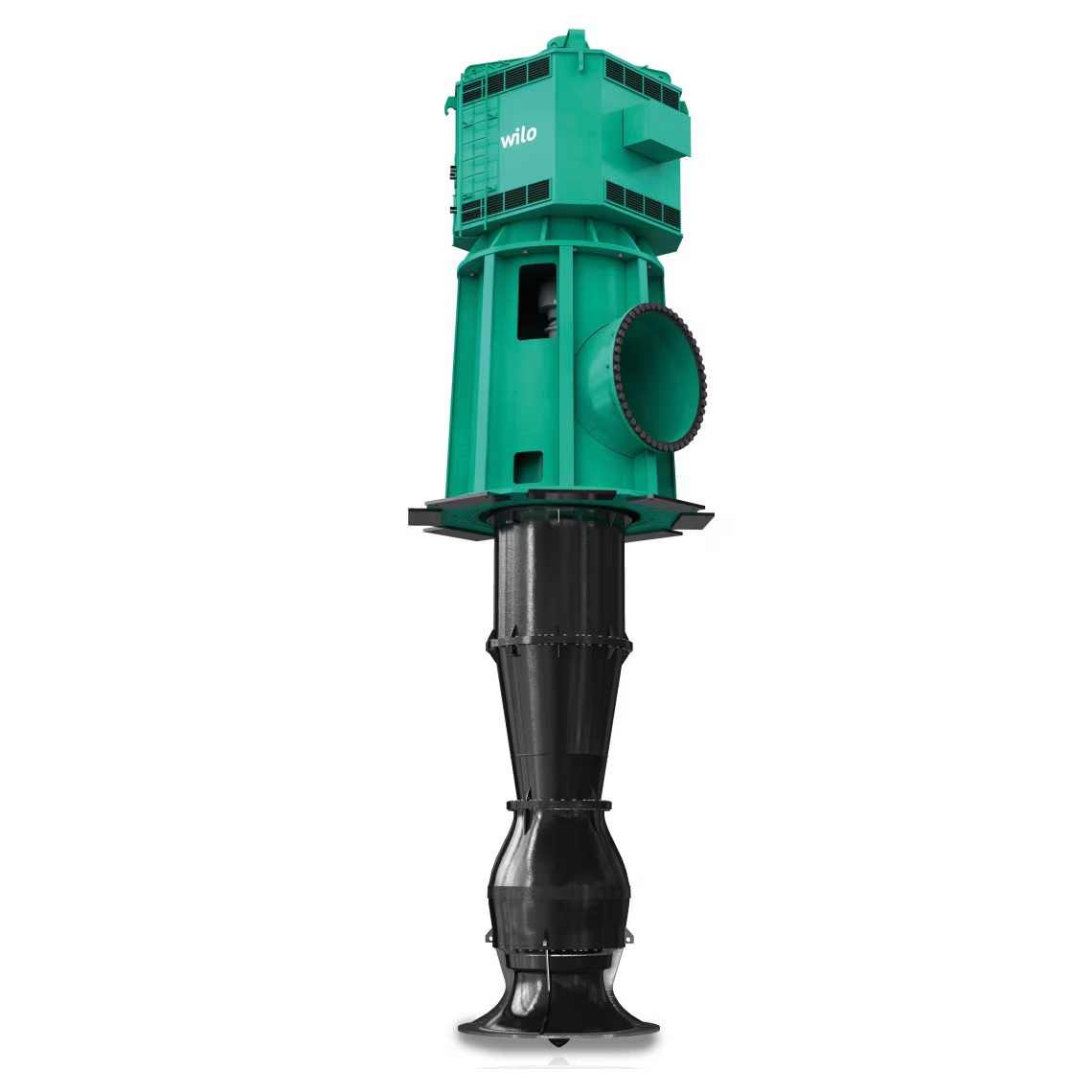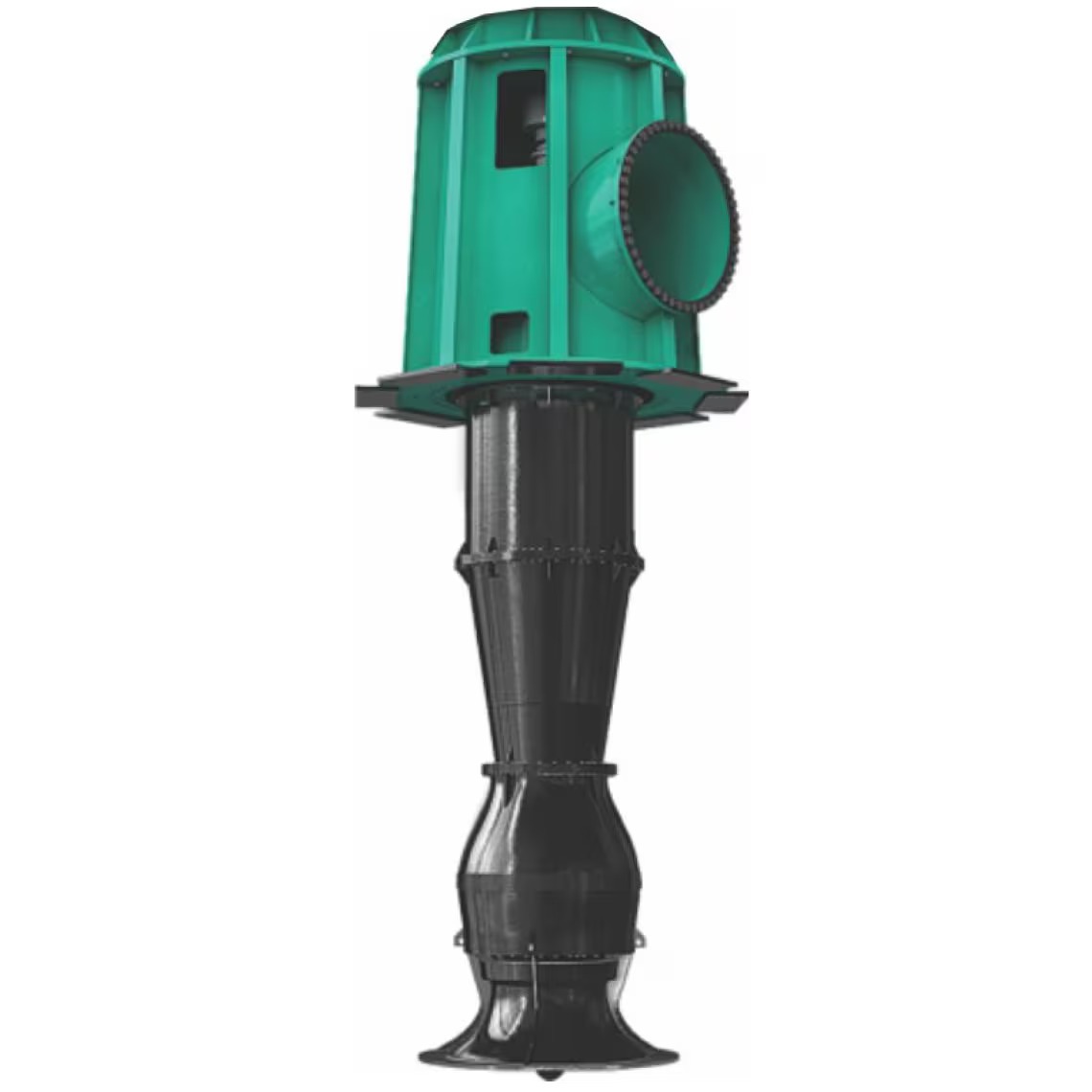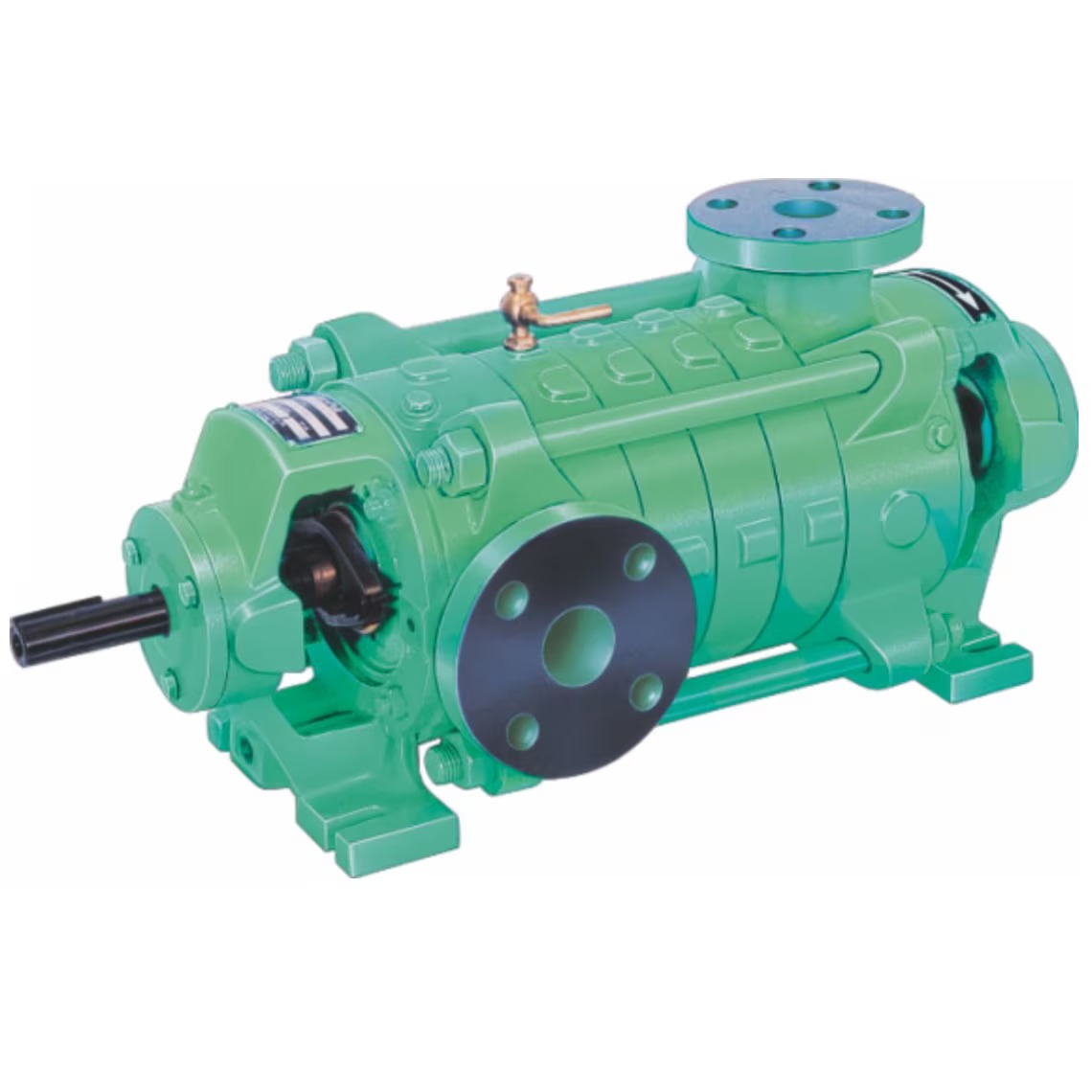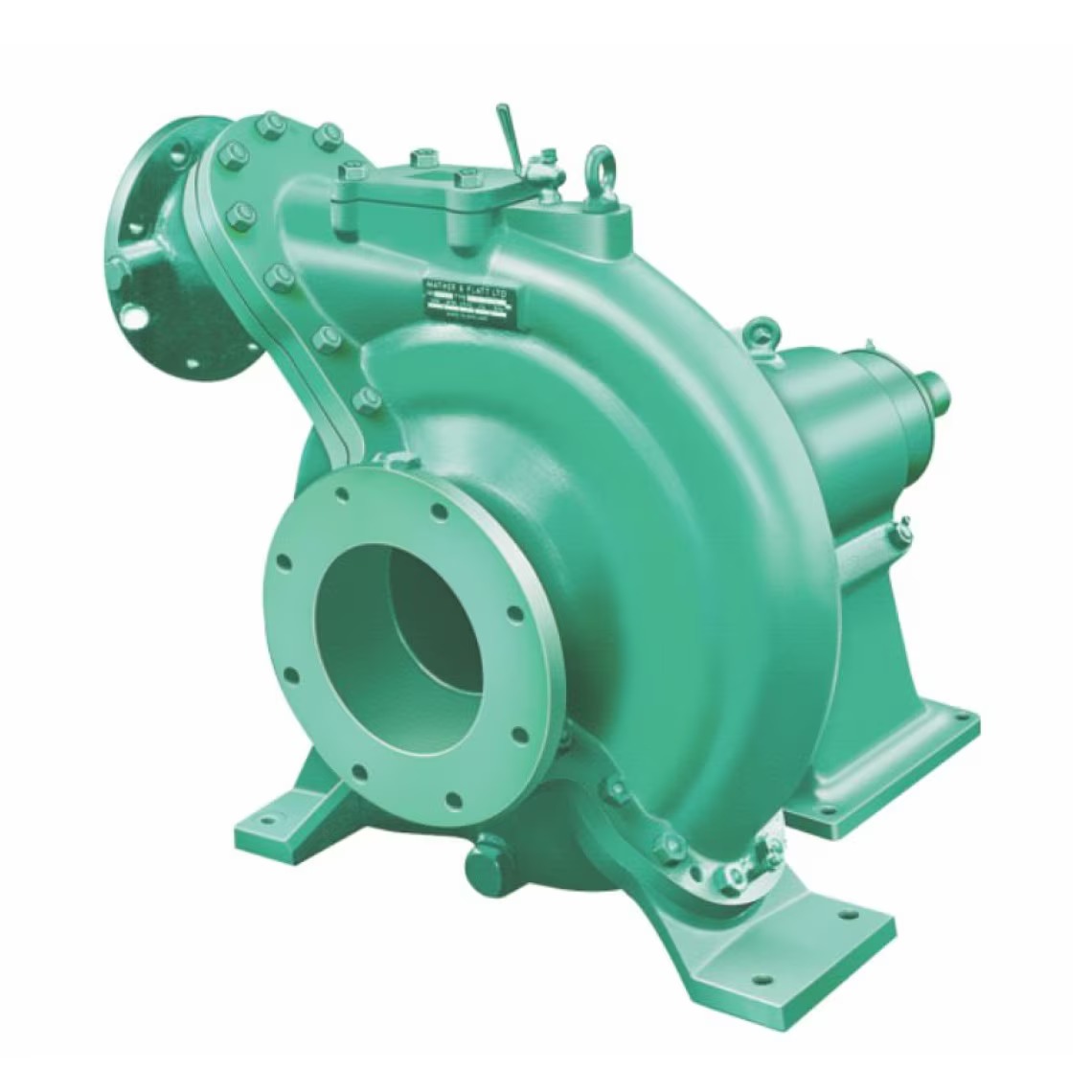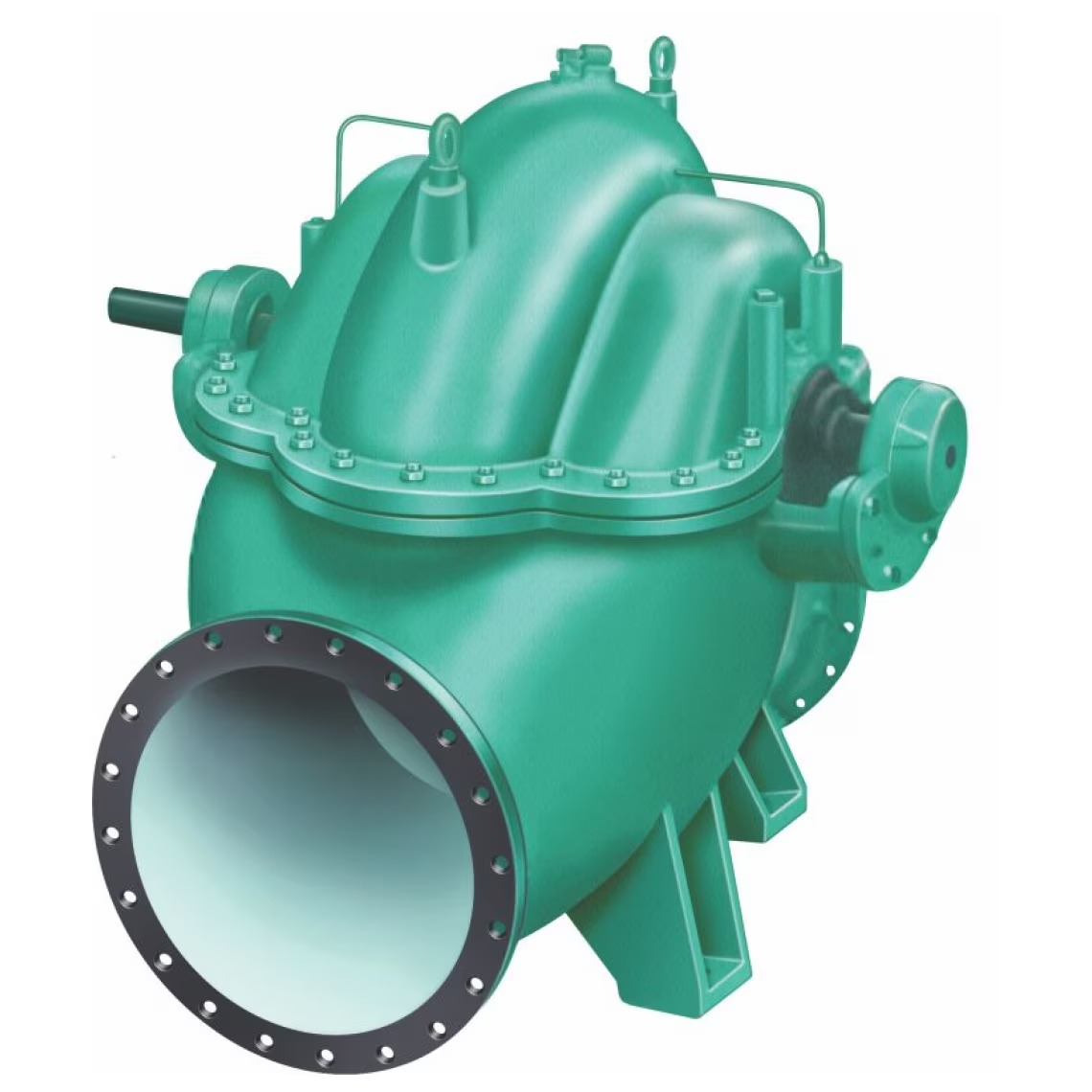Description
A vertical turbine pump is a highly efficient and versatile type of centrifugal pump that is used in various applications where water or other fluids need to be transported from deep underground or underwater sources. These pumps are particularly well-suited for environments where space is limited or the water table is deep, such as wells, reservoirs, sumps, and rivers. Here’s a detailed description of their design, components, and applications:
Design and Components
- Pump Bowl Assembly: This is the heart of the pump where fluid enters and is initially accelerated. Each bowl in the assembly contains an impeller, which spins and imparts kinetic energy to the fluid, pushing it through the next stage and eventually out of the pump.
- Impeller: Located within each pump bowl, impellers are typically enclosed or semi-enclosed and work to increase the velocity and pressure of the fluid.
- Diffuser: Surrounding the impeller, the diffuser helps to smooth and redirect the flow of water to the next stage, increasing efficiency and reducing turbulence.
- Column Pipe: The column pipe connects the pump bowl assembly to the motor, housing the pump shaft and acting as a conduit for the fluid. Each section of the column pipe is joined by couplings, making it possible to extend the length for deeper installations.
- Pump Shaft and Bearings: The shaft transfers power from the motor at the top to the impellers in the pump bowl assembly. Bearings along the shaft keep it stable and reduce vibration, ensuring the pump operates smoothly and efficiently.
- Discharge Head: Located at the top of the pump, the discharge head directs the flow of water from the pump into the outlet piping and contains connections for the motor and discharge piping.
- Motor: Vertical turbine pumps typically use either an electric motor or a diesel engine. The motor sits above the discharge head and drives the shaft connected to the impellers.
Types of Vertical Turbine Pumps
- Single-Stage Vertical Turbine Pumps: These pumps have a single impeller, making them suitable for applications requiring moderate flow rates at lower heads, like certain types of irrigation and sump drainage.
- Multi-Stage Vertical Turbine Pumps: With multiple impellers stacked in series, these pumps are designed for high head applications and can move water over long distances or from great depths, such as in municipal water systems and deep well applications.
Key Applications
Vertical turbine pumps serve a range of industries due to their high efficiency, durability, and adaptability:
- Agricultural Irrigation: Commonly used to pump water from wells, rivers, or reservoirs to irrigate large agricultural areas.
- Municipal Water Supply: Vertical turbine pumps are widely used to supply drinking water from deep wells, rivers, or lakes, especially in areas where the water table is far from the surface.
- Industrial Water Supply: They are employed in cooling and process water supply for industries like power generation, petrochemicals, and food processing.
- Fire Protection Systems: Vertical turbine pumps are ideal for providing a reliable water source in fire protection systems, especially in locations where a pressurized water supply is required from deep reservoirs.
- Mining and Dewatering: These pumps help extract groundwater or control water levels in mining operations, offering the capacity to pump from significant depths and at high pressures.
Advantages
- Efficiency: Vertical turbine pumps are highly efficient, especially for deep wells or high-head applications, due to their multi-stage design.
- Space-Saving Design: Their vertical alignment makes them ideal for areas with limited floor space, as they require only a small footprint.
- High-Pressure Capability: These pumps can achieve high heads, making them effective for applications where water must be transported over long distances or from deep sources.
- Durability and Reliability: Designed to withstand heavy-duty operations, they are often built with robust materials to endure abrasive and corrosive fluids over time.
- Versatility in Applications: Vertical turbine pumps are adaptable and can be modified to handle a range of fluids and flow rates.
Limitations
- Installation and Maintenance: These pumps require professional installation and can be more challenging to maintain than simpler pump types, especially in high-head applications.
- Initial Cost: Vertical turbine pumps tend to have a higher initial cost compared to horizontal centrifugal pumps due to their complex structure and multi-stage design.
- Need for Adequate Submergence: To prevent cavitation and ensure consistent operation, vertical turbine pumps need to be submerged adequately, which may limit their use in areas where water levels fluctuate significantly.

